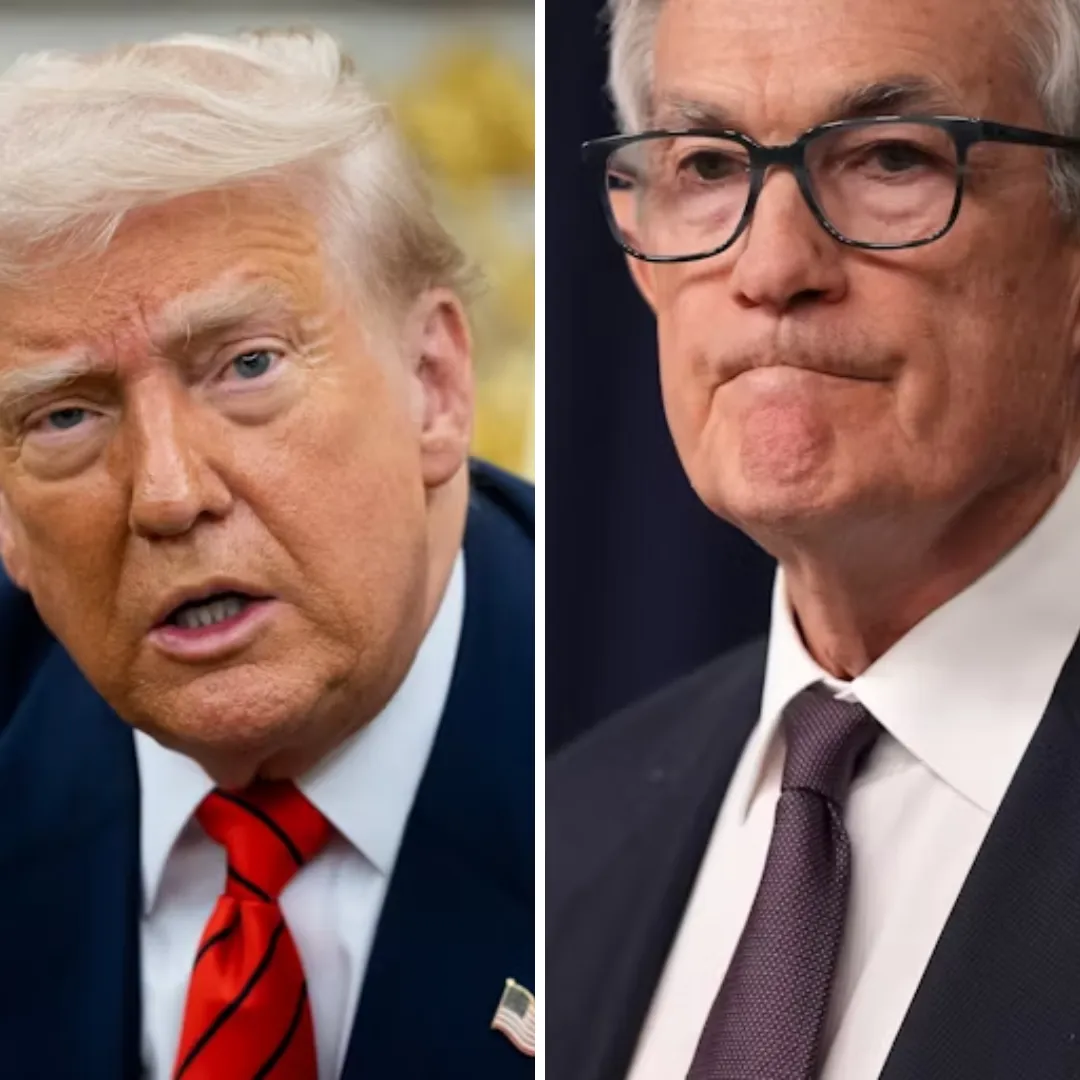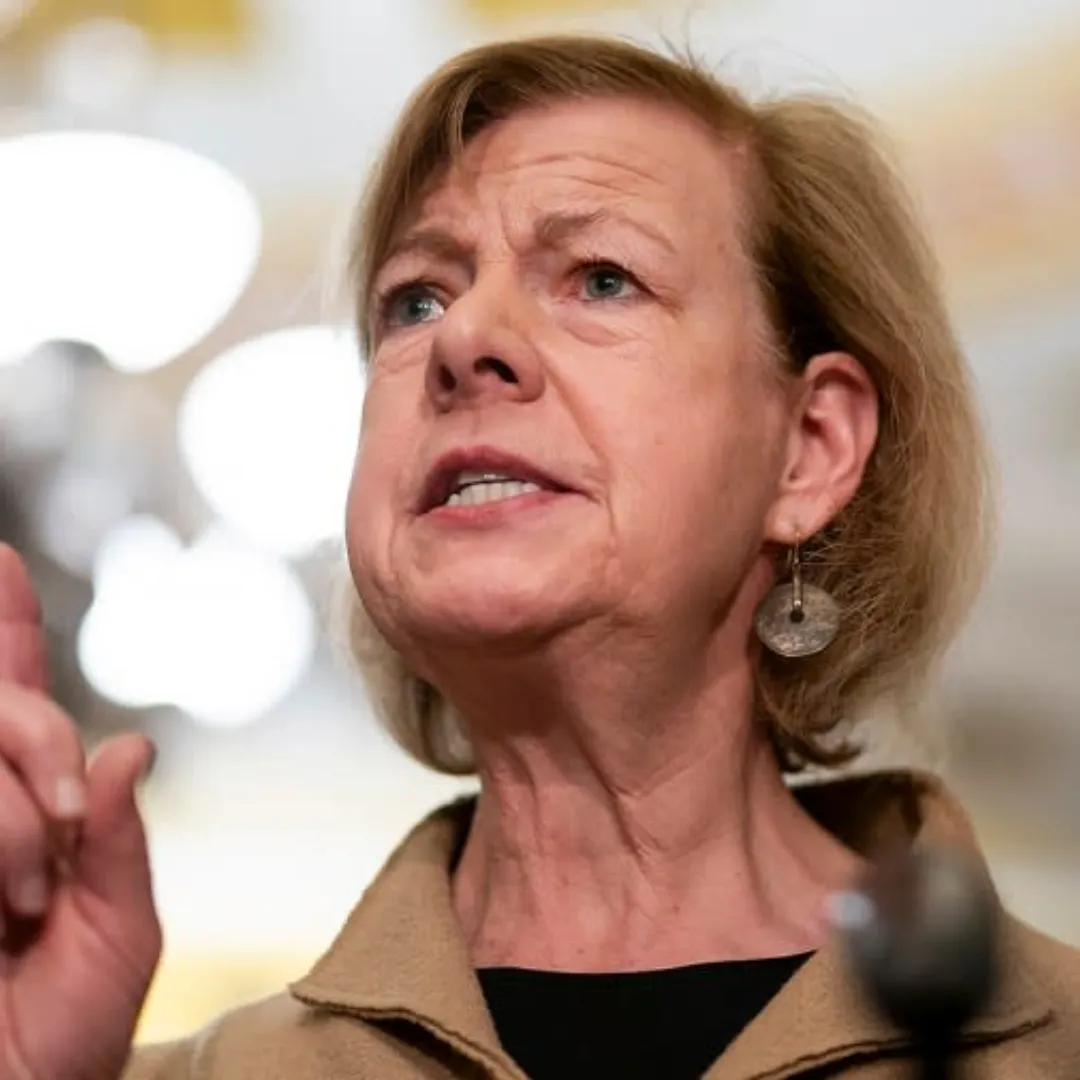
Veteran Democratic strategist James Carville is sounding a note of defiance amid a rising tide of concern within his own party.
Despite polling showing deep pessimism among both voters and Democrats themselves, Carville insists the Democratic Party is not only alive and well but quietly stacking up electoral victories while everyone else obsesses over approval ratings and image problems.
In a fiery appearance on CNN this week, Carville pushed back hard against what he sees as premature panic, claiming the numbers that truly matter are not in public opinion surveys, but in the election results rolling in from across the country.
“I don’t doubt any of that’s true,” Carville said, when asked about polling showing only a third of Democrats are optimistic about their party’s future.
“But there’s one thing: We’re winning elections left and right as we’re talking about how the Democratic number or image is low. It’s in the toilet, or whatever you want to say. I don’t dispute that.”
He went on to cite specific examples, including a recent upset win in the Omaha, Nebraska mayoral race, where Democrats unseated a three-term Republican incumbent.
He also pointed to Democratic gains in Wisconsin and Iowa — two states that have leaned red in recent election cycles — as evidence that the party’s ground game remains effective and potent, even if its brand is faltering in national perception.
For Carville, these wins are more meaningful than what voters say on a phone call with pollsters.

“So, I’m not that upset and in angst about mid-May of 2025,” Carville said confidently. “I think if we start — you know, we’ve got Virginia coming up, we’re going to win that.”
The remarks were first highlighted by Mediaite and have since sparked debate within Democratic circles, many of which remain divided over whether the party is on a path to revival or to further losses.
What’s clear, however, is that Carville remains firmly in the camp that believes Democrats are still in a strong position, even if the optics and narrative say otherwise.
His comments come just as new polling paints a darker picture of the party’s internal morale. According to a survey released this week by the Associated Press and the NORC Center for Public Affairs Research, only 35 percent of Democrats say they are “very or somewhat” optimistic about the party’s future.
That figure is nearly matched by the 36 percent of Democrats who now say they feel “very or somewhat” pessimistic. A further 29 percent remain neutral — neither hopeful nor discouraged.
The polling also shows that among the general American public, optimism about the Democratic Party’s direction has dropped even lower, with just 17 percent of respondents saying they are optimistic about the party’s future.
These findings have added fuel to an already heated debate within the Democratic Party about its post-2024 identity. After losing the White House to Donald Trump and ceding control of both the House and Senate, Democrats have found themselves in a precarious position — one in which both their governing influence and their public image have taken serious damage.
With major legislative power now out of reach, the party is being forced to navigate a difficult transition period while under increasing pressure from both progressives and moderates to offer a clearer, more compelling alternative to the Republican agenda.
For Carville, however, this is the wrong time for a full-blown existential crisis. “The political press is going to be reporting polling numbers,” he said on CNN. “And I’m going to be looking at election results.”
That statement underscores a core divide within the party: while some Democrats are calling for sweeping changes in strategy, messaging, and leadership, others like Carville believe the fundamentals are still intact — and that the media narrative of doom and decline doesn’t reflect what’s actually happening in state and local elections.
Carville’s optimism is rooted in a belief that voter behavior often diverges from polling sentiment. While Democrats may not be thrilled with their party’s direction or branding, they are still showing up to vote for Democratic candidates when it counts.
This phenomenon has shown up in several off-year and special elections, where Democratic candidates have often overperformed relative to expectations, even in Republican-leaning districts.
But Carville’s position is not without its critics. Many in the party argue that winning scattered local races is not enough to counteract the party’s overall erosion in trust and excitement among key voter blocs, particularly younger voters and voters of color.
They argue that unless the party retools its national message, embraces new leadership, and presents a bold, coherent vision, it risks becoming a party that wins battles but loses the war.
Carville’s detractors say that focusing only on short-term electoral wins while ignoring deeper structural weaknesses is a recipe for long-term decline.

Moreover, the concern is not just about 2025 or the next slate of gubernatorial races. It’s about the 2026 midterms and the looming 2028 presidential race, where Democrats will need to rebuild a coalition strong enough to take back control from a reenergized Republican Party led once again by Donald Trump.
In that context, the party’s poor brand image and declining trust numbers become far more than just optics — they become obstacles to national recovery.
Still, Carville is doubling down on his belief that the party’s strength lies not in what it says, but in what it does. He argues that consistent electoral performance will ultimately silence the doubters and prove that the Democratic Party remains resilient and effective, even under pressure.
“I’ve been through too many cycles to get freaked out by a poll in May,” he said. “You win elections by organizing and delivering — not by chasing a headline.”
Whether that outlook proves prescient or delusional remains to be seen. But one thing is clear: as the Democratic Party stands at a crossroads, James Carville is placing his faith not in the party’s popularity — but in its performance.




